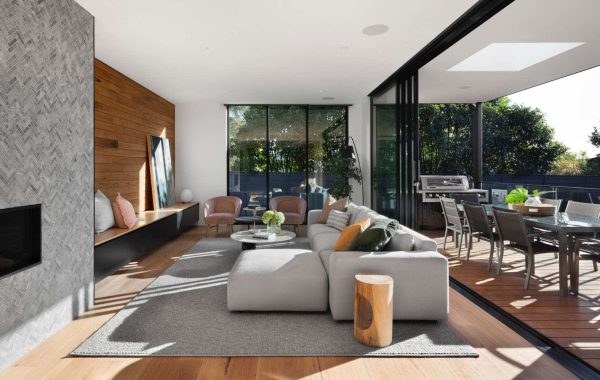As environmental concerns intensify and the need for resource-efficient solutions becomes more evident, the principles of sustainable architecture have gained prominence. In this article, we delve into the evolution of sustainable architecture, tracing its journey from its roots to its current status as a driving force in the construction industry.
The Early Roots of Sustainable Design
The roots of sustainable architecture can be traced back to indigenous cultures around the world. These societies intuitively understood the importance of harmony with nature and designed their dwellings in ways that minimized environmental impact. The use of local materials, passive cooling and heating techniques, and integration with the natural landscape were common practices.
Rise of Environmental Awareness
The 20th century witnessed a growing awareness of environmental issues, spurring the modern sustainability movement. The oil crisis of the 1970s, along with concerns about pollution and resource depletion, catalyzed the need for energy-efficient and eco-friendly architecture. Architects began to explore innovative design strategies that reduced energy consumption and utilized renewable resources.
The Birth of Green Building Standards
In the 1990s, the concept of green building gained traction, leading to the establishment of various sustainability standards and certification systems. The U.S. Green Building Council (USGBC) introduced the Leadership in Energy and Environmental Design (LEED) certification, which set benchmarks for energy efficiency, water conservation, indoor air quality, and more. LEED and similar standards encouraged architects and builders to adopt sustainable practices on a broader scale.
Integration of Technology and Innovation
Advancements in technology have played a pivotal role in the evolution of sustainable architecture. The integration of solar panels, energy-efficient lighting systems, smart controls, and building management systems has revolutionized the way buildings consume and manage resources. Sustainable architecture is no longer limited to passive design; it embraces active systems that maximize efficiency.
Beyond Efficiency: Holistic Sustainability
Modern sustainable architecture extends beyond energy efficiency to encompass a holistic approach. Architects consider the life cycle of materials, the well-being of occupants, and the relationship between buildings and their surroundings. Concepts like biophilic design, which seeks to connect people with nature, and regenerative design, which aims to give back to the environment, have gained prominence.
Resilience and Adaptation
As the effects of climate change become more pronounced, the concept of resilience has become integral to sustainable architecture. Buildings are designed to withstand extreme weather events, rising sea levels, and other environmental challenges. Adaptive architecture focuses on flexibility, allowing structures to evolve in response to changing needs and conditions.
Cultural and Contextual Sensitivity
Sustainable architecture is increasingly emphasizing cultural and contextual sensitivity. Architects recognize the importance of preserving local traditions, materials, and architectural styles. This approach not only promotes cultural heritage but also minimizes the carbon footprint associated with transporting materials over long distances.
The Future: Net-Zero and Beyond
The future of sustainable architecture is marked by ambitious goals, with many architects striving for net-zero energy and carbon-neutral designs. Advancements in materials science, artificial intelligence, and renewable energy sources are poised to drive even greater innovation in the field. Buildings may become energy producers, generating surplus power for the grid.
From its humble beginnings rooted in ancient wisdom to its current position as a cutting-edge design philosophy, the evolution of sustainable architecture is a testament to humanity’s capacity for positive change. As we continue to face unprecedented environmental challenges, the principles of sustainable architecture guide us toward a more harmonious coexistence with our planet. Through innovative design, technological integration, and a commitment to holistic well-being, architects are shaping a future where buildings not only serve their occupants but also contribute positively to the environment.



